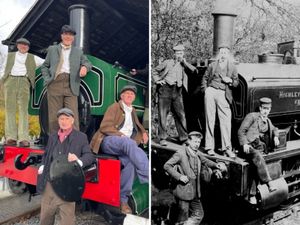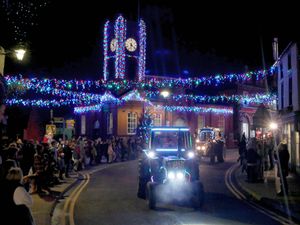Shrewsbury Castle dig fails to find chapel but is solving other mysteries
An archaeological dig at Shrewsbury Castle has been wound up – and the finds that have been unearthed have answered some questions, but raised many more.
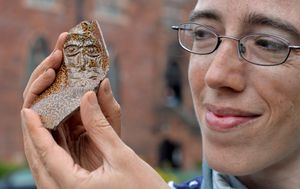
Members of the team have been working at the site over the last three weeks in the hope of finding a long lost chapel.
And while the chapel’s location remains hidden, a host of other discoveries have been made such as the site of a Victorian greenhouse, rubble left behind by Thomas Telford and a Civil War era pit. The dig follows a similar project last year and is helping historians piece together the castle’s past.
Experts have been involved in a painstaking operation to shift through soil looking for artefacts.
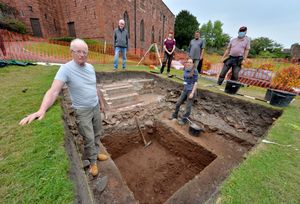
The group has been led by Dr Nigel Baker with Dr Morn Capper and Professor Tim Jenkins from University Centre Shrewsbury, who have also involved students from the university. The work comes after the first-ever major excavation at the castle last year was hailed a success, with a number of discoveries that revealed new evidence on the history of the site.
Dr Baker said: “We were very pleased with how we were able to solve some of the mysteries of Shrewsbury Castle with last year’s dig.”
A Victorian greenhouse, demolition rubble left by Thomas Telford and a Civil War era pit have been uncovered on the archaeological dig.
It comes after the first-ever major excavation at the castle last year was hailed a huge success and produced finds of national significance.
The team is now right through the western rampart of the castle, at the level of the driveway, nearly two metres below the surface.
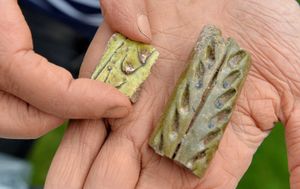
And finally, having dug successively through the Victorian greenhouse, Thomas Telford’s demolition rubble, a Civil War era pit and endless layers of soil dumped by past builders, the team has come on to a ground surface trodden down by people in the castle, probably around the year 1300.
There has been no sign of the castle chapel they were looking for but, as they reduced the size of the trench for safety, it was increasingly long odds that they would actually come down on it. Yesterday they emptied pits dug through the ground surface to see what lay beneath.
Meanwhile, research on the castle and close examination of its remains continues to yield new information, and one aspect of it throws new light on its relationship to the historic town.
In Shrewsbury town centre, two sites stand out as being more ancient and more important than most.
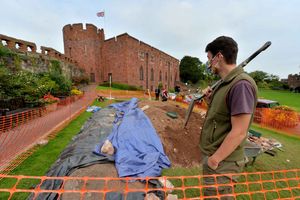
The church of St Mary stands on a hilltop, at an altitude of 80 metres above sea level, and it has been known for some years that the church began its life as a private monastery founded by one of the kings of Anglo-Saxon Mercia. A few hundred metres away is another hilltop, crowned by Old St Chad’s church, originally the private of the Anglo-Saxon Bishops of Lichfield. It too is at 80 metres above sea level.
Looking at the survey data for Shrewsbury Castle, it has become apparent that its motte – the great earth mound overlooking the river – has its top at 80 metres above sea level. This, experts now think, was where successive Norman kings from William the Conqueror onwards had their great hall. It seems they were not going to allow themselves to be overlooked by any English kings or bishops, and it’s a reminder that the castle was not just a fortification – it definitely sent a message to everyone in the already-ancient English borough.
Dr Baker said: “We were very pleased with how we were able to solve some of the mysteries of Shrewsbury Castle with last year’s dig, and we’re aiming to answer some more of the questions that were raised.”
Earlier during the dig, the team has found historic medicine and beer bottles as they have dug deeper and combed through the soil.

